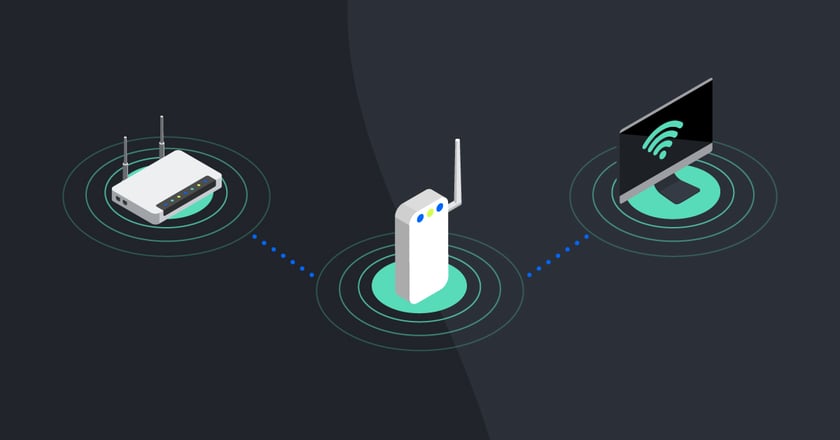Third-party extender use is growing—how can ISP support teams keep up?

Network extenders have a growing role in the world of home internet. They’re a great counter to the pervasive problem of WiFi dead spots, those places of weak signal that consumers don’t expect or understand.
For many ISPs, this has created an upsell opportunity.
ISPs have an advantage in offering network extenders or mesh pods. Most consumers won’t realize or understand that they need a network extender, so ISPs can help them understand why—and offer mesh upsell packages to provide those extenders.
Doing this has the potential to save support teams a lot of time and headaches.
Because the ISP is providing an extender, it’s a simple matter to ensure that support agents have a dashboard or other tool that lets them monitor those devices, their signal, and the devices connected to them. This can transform any network into a managed network, which has a few benefits for the team.
It helps them resolve issues faster when customers call in, because they don’t have to go back and forth to find the problem. And it gives them insight into how the consumer is using their network, which can help determine future offerings.
But while network extenders are a world of mystery to many consumers, there’s always an exception to the rule.
There will always be that handful of technologically savvy consumers who keep up with network trends. It’s not a huge number, but it’s there. For example, of the 5.2 million scans that have been run through the RouteThis platform in the last two years, almost 7% of them were unique households with network extenders.
And though some of them will likely include ISP-provided extenders, many of them are third-party devices—which can be a major problem for visibility. Just as a third-party router can block an ISP support agent’s visibility into and access to a network to resolve issues, so can a network extender—even with a managed router.
That leaves the agent with nothing but a lengthy process of trial and error to resolve the issue—and customers with a lot of frustration.
ISPs need to be ready to work with this growing trend.
Though the number of people adding network extenders to their networks is still relatively small, it is definitely growing. Our own data shows that between August 2019 and August 2020, scans for WiFi issues on networks that involved network extenders increased by 217% in the EMEA region alone.
That’s a massive potential increase in issues that a support team can’t easily and quickly resolve—which can impact team KPIs like handle times and call wait times.
And then, there’s the issue of seasonal spikes.
Our data also showed a correlation between traditional holiday buying seasons and a major increase in the number of scans run. For example, in North America, these scans consistently spiked by over 22% from November to December in both 2019 and 2020. In the EMEA region, there was an even larger yearly spike at these times of 30%.
This would suggest that as people buy or receive new devices and add them to their networks, they’re running into problems that a support agent may or may not be able to see.
This compounds the issues ISP support teams typically face at these times of year, including increased call volumes as people are home and using more devices on their networks.
So what’s an ISP to do?
Unfortunately, it’s not practical to expect that customers won’t ever add third-party devices to their networks. They don’t think they’re doing anything wrong, and it’s not likely that any level of customer education will change that.
It’s also not practical to expect support teams to pick up the extra burden of support calls over unmanaged third-party devices. It’s bad for your handle time, FCR, wait times, and customer experience, just to name a few.
Instead, ISP support teams need to know they have the ability to see into the network, no matter what devices may be lurking in the depths of the customer’s home. They need the ability to monitor unmanaged devices with the same thoroughness as managed devices, so they can resolve quickly and effectively.
And they need the right tools that can help them do that, time after time and call after call.
